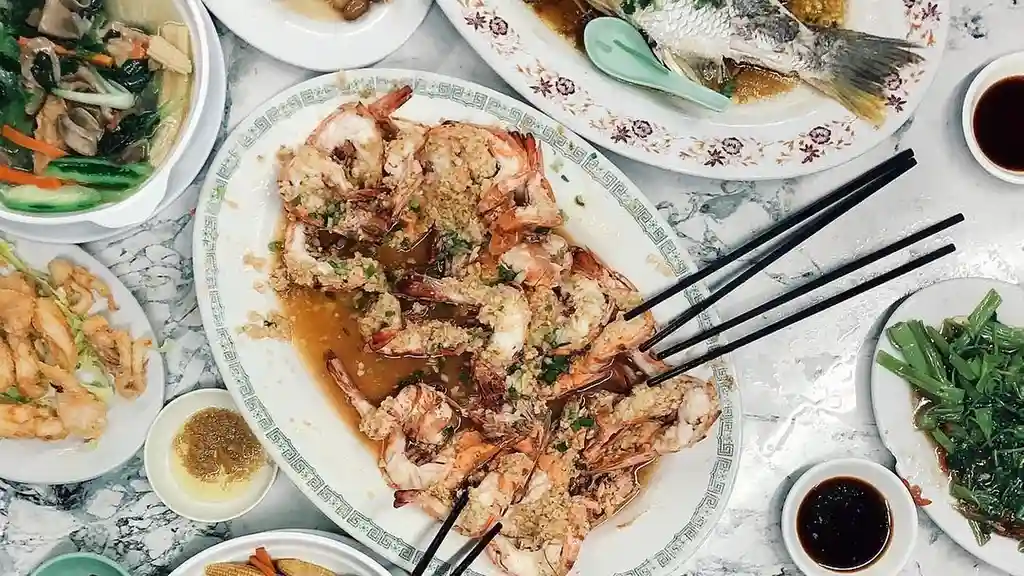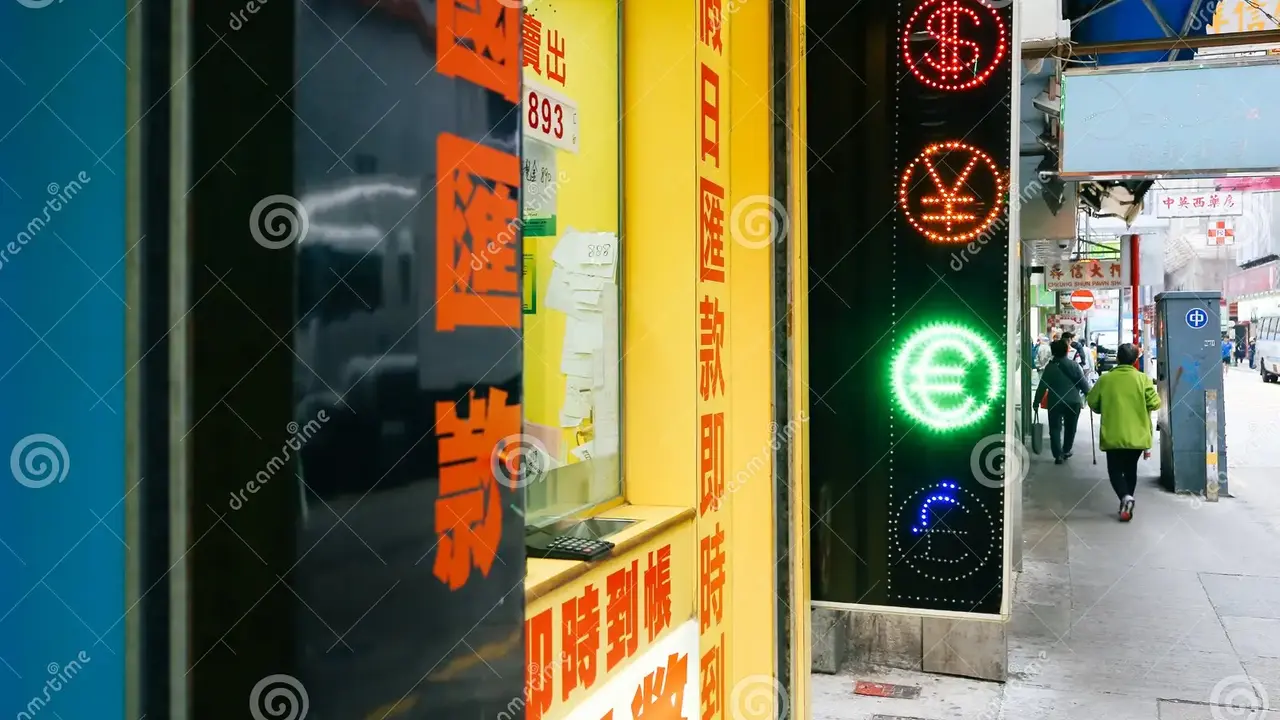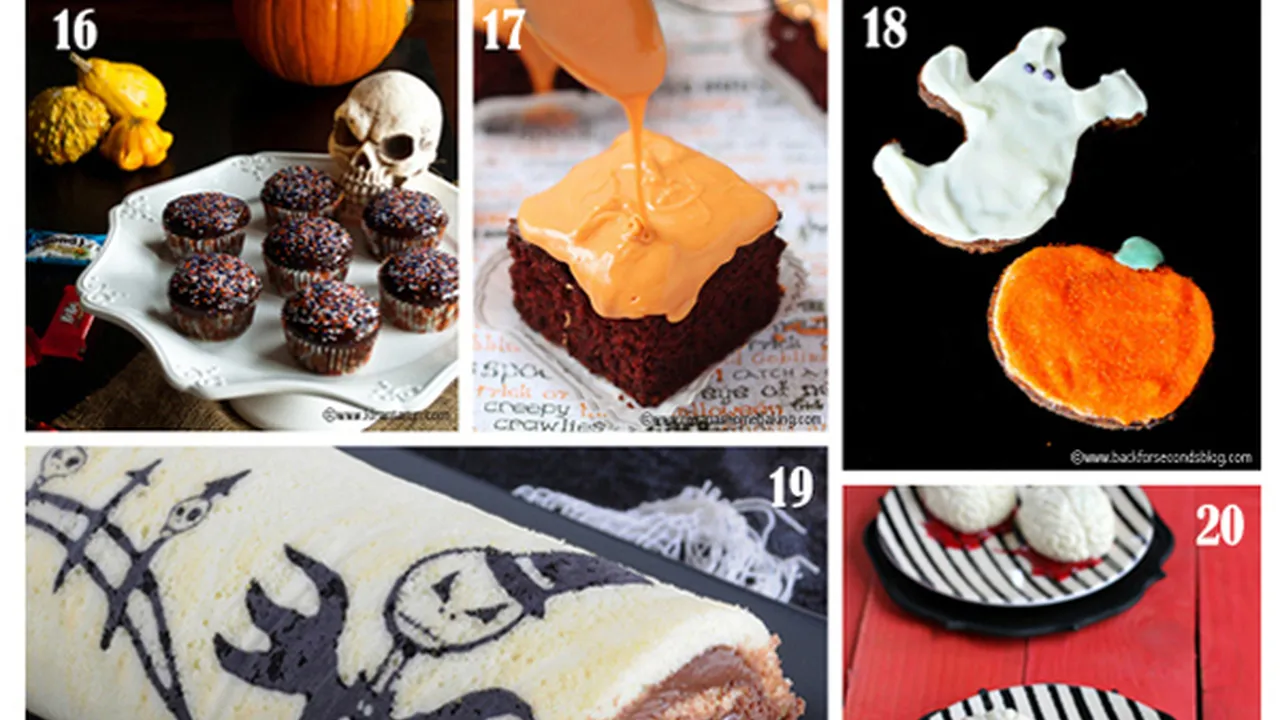Hong Kong's Best Dai Pai Dongs: Authentic Local Cuisine

Discovering Hong Kong's Dai Pai Dongs A Culinary Adventure
Alright, buckle up foodies! We're diving headfirst into the heart and soul of Hong Kong's street food scene: the legendary dai pai dongs. These open-air food stalls, a disappearing breed, are where you'll find the most authentic, flavour-packed, and downright delicious local cuisine. Forget fancy restaurants for a day – we're talking sizzling woks, clanging ladles, and a whole lot of character.
Why Dai Pai Dongs Are a Must-Try Experience Hong Kong Food Culture
Dai pai dongs aren't just about the food; they're a cultural experience. Think bustling atmosphere, shared tables, and the aroma of wok hei (the "breath of the wok," a smoky, slightly charred flavour that's highly prized). These stalls were originally licensed after World War II to provide affordable meals to the public, and while their numbers have dwindled due to regulations, the remaining ones are fiercely protected and cherished by locals.
Must-Try Dishes at a Dai Pai Dong Hong Kong Street Food Delights
Okay, let's get to the good stuff. Here's a rundown of some must-try dishes you'll find at most dai pai dongs:
- Gong Zai Meen (公仔麵): Instant noodles stir-fried to perfection. Sounds simple, right? But trust us, the wok hei elevates this humble dish to another level. Often served with a fried egg and luncheon meat.
- Fried Noodles with Beef (乾炒牛河): Flat rice noodles stir-fried with tender beef, bean sprouts, and scallions in a savory soy sauce. A classic for a reason!
- Sweet and Sour Pork (咕嚕肉): Crispy, deep-fried pork coated in a tangy sweet and sour sauce. A crowd-pleaser every time.
- Clams in Black Bean Sauce (豉椒炒蜆): Fresh clams stir-fried with black bean sauce, chili, and garlic. Incredibly flavorful and addictive.
- Salt and Pepper Squid (椒鹽鮮魷): Crispy, deep-fried squid seasoned with salt, pepper, and chili. Perfect for sharing (or not!).
- Tomato Noodles with Fried Egg (茄蛋麵): A comforting and simple dish of noodles in a rich tomato sauce, topped with a perfectly fried egg.
- Oysters Omelette (蠔餅): A savory omelette filled with fresh oysters and tapioca starch, creating a slightly chewy texture.
Product Spotlight: Lee Kum Kee's Black Bean Sauce & Its Versatile Uses in Dai Pai Dong Cooking
A key ingredient in many dai pai dong dishes is Lee Kum Kee's Black Bean Sauce. This stuff is liquid gold! It's made from fermented black beans, garlic, ginger, and other spices, and adds a deeply savory and umami flavour to everything it touches.
Usage Scenarios:
- Stir-fries: Add a spoonful or two to any stir-fry for an instant flavour boost. It's particularly good with beef, chicken, or vegetables.
- Steaming: Use it as a marinade for steamed fish or chicken. The sauce will infuse the meat with its rich flavour.
- Sauces: Add it to sauces for noodles or rice dishes. It adds depth and complexity.
Price: A jar of Lee Kum Kee Black Bean Sauce typically costs around HK$20-HK$30 in most supermarkets.
Comparing Different Black Bean Sauces Lee Kum Kee vs Amoy Black Bean Sauce
While Lee Kum Kee is a popular choice, there are other brands of black bean sauce available. Amoy is another well-known brand. The main difference lies in the flavour profile. Lee Kum Kee tends to be slightly sweeter and less salty, while Amoy has a more intense, saltier flavour. Ultimately, it comes down to personal preference. Try both and see which one you prefer!
Finding the Best Dai Pai Dongs in Hong Kong Location and Accessibility Information
Finding dai pai dongs can be a bit of a treasure hunt, but that's part of the fun! Some of the most well-known and established dai pai dongs are located in:
- Sham Shui Po: This district is a goldmine for street food. Look for stalls along Apliu Street and Fuk Wing Street.
- Temple Street Night Market: While this is a tourist hotspot, you can still find some decent dai pai dong-style food here.
- Tai Po: This area has a few dai pai dongs that are popular with locals.
Tips for finding the best spots:
- Look for long queues: If a stall is busy, it's usually a good sign.
- Ask locals for recommendations: They'll know the best hidden gems.
- Don't be afraid to try new things: That's what dai pai dongs are all about!
Tips for Ordering and Eating at a Dai Pai Dong Navigating the Culture
Ordering at a dai pai dong can be a bit daunting if you're not familiar with the process. Here are a few tips:
- Don't be afraid to speak English: Many stall owners speak some English, and they're usually happy to help you order.
- Point at what you want: If you're not sure what something is, just point at it!
- Be prepared to share a table: Dai pai dongs are all about communal dining.
- Pay in cash: Most stalls don't accept credit cards.
- Don't be afraid to get messy: Dai pai dong food is meant to be enjoyed!
Beyond the Plate Understanding the History and Future of Dai Pai Dongs
The future of dai pai dongs is uncertain. Rising rents and strict regulations have made it difficult for them to survive. However, there's a growing movement to preserve these cultural icons. Hopefully, these vibrant and delicious institutions will continue to thrive for generations to come, offering a taste of authentic Hong Kong to locals and visitors alike.
Essential Utensils for Enjoying Dai Pai Dong Food Chopsticks, Spoons, and More
While some dai pai dongs provide utensils, it's always a good idea to bring your own, especially if you're particular about hygiene. Here's a rundown of essential utensils:
- Chopsticks: Essential for eating noodles and most other dishes.
- Spoon: Useful for soups and sauces.
- Wet wipes: To clean your hands before and after eating.
Drinks to Pair with Your Dai Pai Dong Meal Local Beverages and Refreshments
No dai pai dong meal is complete without a refreshing drink. Here are some popular choices:
- Hong Kong-style milk tea (絲襪奶茶): A strong black tea with evaporated milk and sugar.
- Lemon tea (檸檬茶): Black tea with lemon slices.
- Soy milk (豆漿): A healthy and refreshing drink.
- Sugarcane juice (竹蔗水): A sweet and refreshing juice made from sugarcane.
- Local beer: Blue Girl and San Miguel are popular choices.
The Wok Hei Factor Understanding the Unique Flavor of Dai Pai Dong Cuisine
We keep mentioning "wok hei," but what exactly is it? It's the subtle, smoky flavour that's imparted to food when it's cooked in a wok over high heat. It's a combination of the Maillard reaction (the browning of sugars and proteins) and the unique properties of the wok itself. A good wok hei is a sign of a skilled cook and adds a depth of flavour that's hard to replicate.
Dai Pai Dong Etiquette Tips for Respecting Local Customs and Traditions
While dai pai dongs are casual and welcoming, it's always important to be respectful of local customs. Here are a few etiquette tips:
- Don't talk too loudly: Keep your voice down out of respect for other diners.
- Offer to share your table: If a stall is crowded, offer to share your table with others.
- Be patient: Dai pai dongs can be busy, so be prepared to wait for your food.
- Tip if you feel the service was exceptional: While not mandatory, tipping is always appreciated.
From Humble Beginnings to Culinary Icons The Story of Hong Kong's Dai Pai Dongs
Dai pai dongs have a rich history that's intertwined with the story of Hong Kong itself. They emerged after World War II as a way to provide affordable meals to the public. The name "dai pai dong" literally means "big license stall" in Cantonese, referring to the large licenses that were issued to these stalls. Over the years, they've become a beloved part of Hong Kong's culinary landscape, offering a taste of authentic local cuisine and a glimpse into the city's past.
:max_bytes(150000):strip_icc()/277019-baked-pork-chops-with-cream-of-mushroom-soup-DDMFS-beauty-4x3-BG-7505-5762b731cf30447d9cbbbbbf387beafa.jpg)






